Updated on March 26, 2019
Native ads became marketers’ best friends a while ago. With their non-invasive form and format, this type of ads brings remarkable results. According to Wordstream, 90% of publishers already use them in their campaigns or plan to do so. Intrigued? Let’s take a more in-depth look into this buzzy marketing trend.
Ever since ad-blockers gained high popularity and users developed incurable banner-blindness, it became much harder to make the conversion happen with traditional display ads. That’s when this new type of ad was presented by Google in search results. It wasn’t long until other giants joined the new hype.
What is native advertising?
Native advertising is a paid content that matches both the style and form of organic content on a particular media channel. It is a type of ad that should be consistent with the visual design of the publication, website, or app. They need to provide the kind of content that the audience is normally expecting from the channel. When the user clicks on the ad, she/he should be presented with the sales page, containing valuable information about the product.
Native advertising is a type of placement that fits seamlessly within the organic content of a website or application. The ad blends into the style and form of the non-paid surroundings, so the user feels like it belongs there.
The typical native display ad is: mobile, social, and purchased programmatically. That’s not expected to change over the next couple of years, as the native ad market continues organic growth.
Types of native ads
You might come across a number of widely varying native formats on the web, but probably the most common are in-feed ads and recommended content.
In-feed ads are the ones you mostly see on social media. As advertisements need to be always labeled, you might come across different disclosures such as “advertisement” or “AD” on Google or YouTube, “sponsored” or “sponsored by [brand]” on LinkedIn and finally “Suggested post” or “Sponsored” tag on Facebook. As you probably have noticed, the number of in-feed ads are growing rapidly and it is not expected to slow down anytime soon.
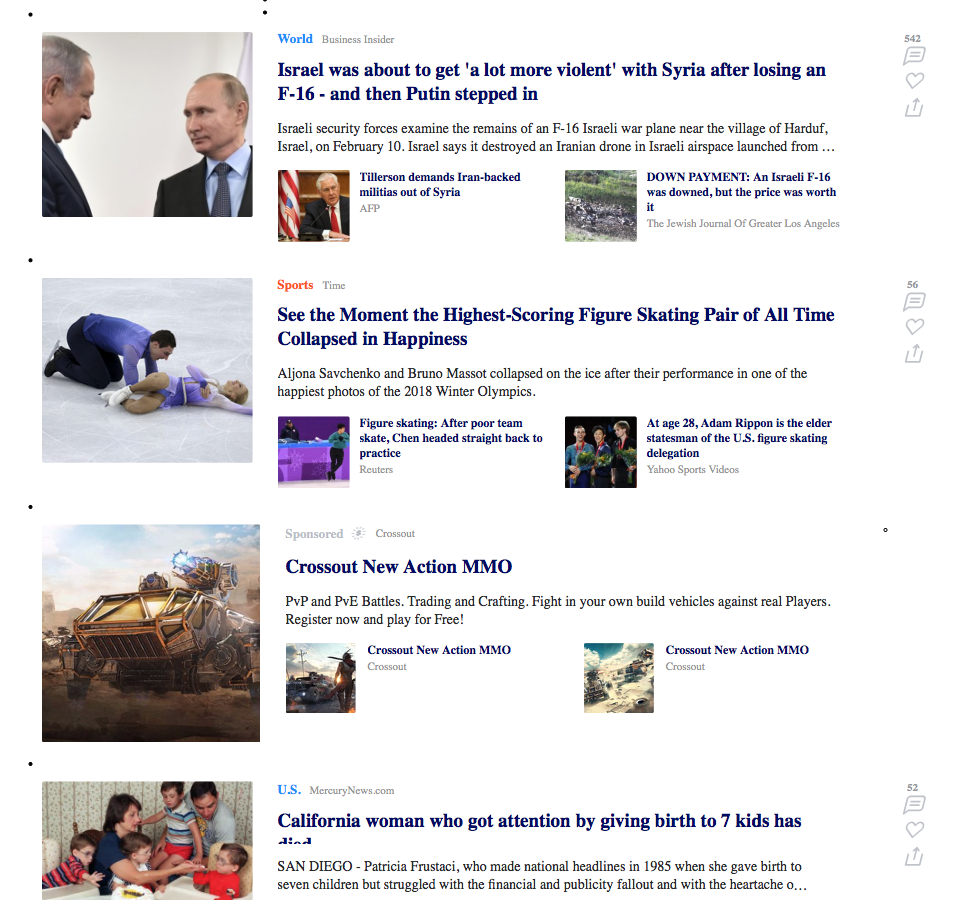
Recommended content is the second most common native ad format. It looks like real recommendations from a webpage but is actually a source of revenue for the publisher. Widgets are often labeled as “recommended for you” or “you also might like”. These ads are mostly shown on rich-site media, so users are more likely to click on them.
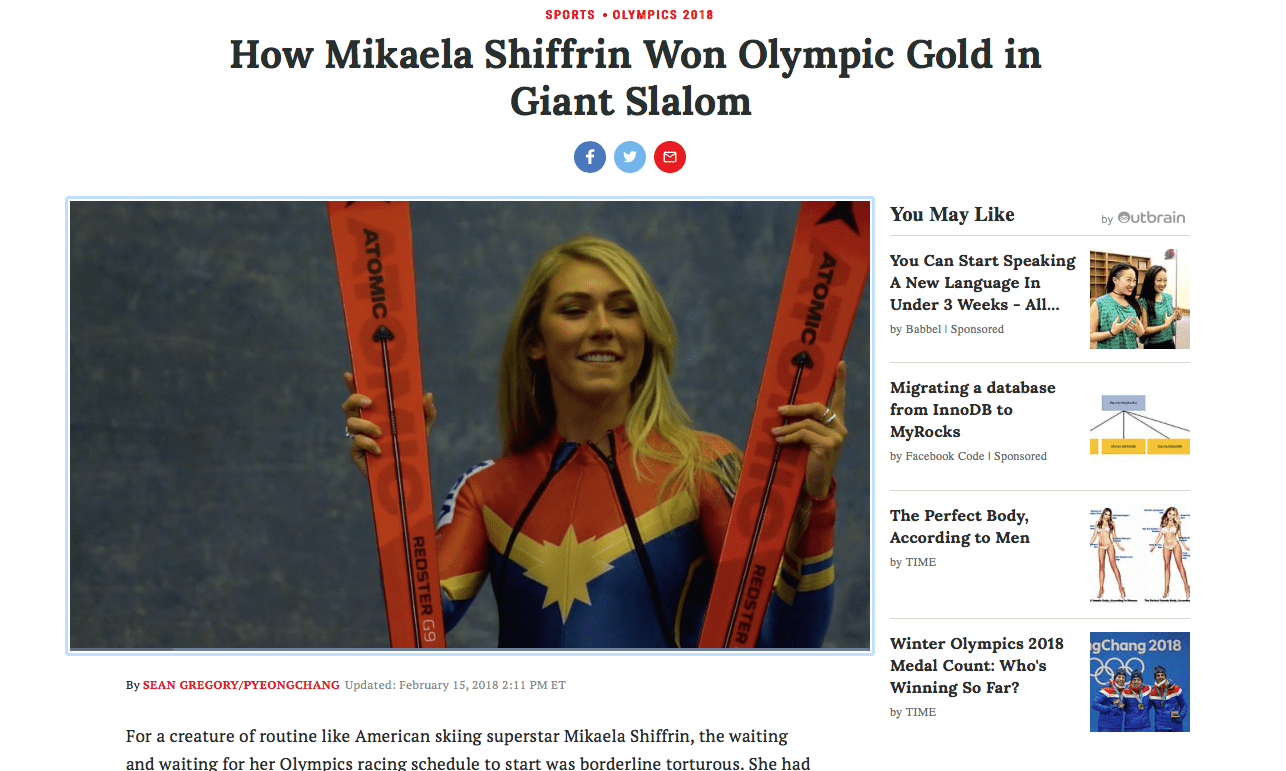
You might also bump into other types of native ads such as:
- Paid search – AdWords ads displayed on top of the organic search results;
- Promoted / Search listings – Used by eCommerce shops like eBay, or Amazon for advertising purposes on Google, Bing and other search engines.
- Sponsored content – Content created by publishers and paid by brands. It serves well for brand awareness purposes.
- Branded content – Content written by companies for publishers. The only difference between sponsored and branded content is that it’s created by brands.
One of my personal favorites is Taco Bell’s native campaign prepared for Mexican-American holiday in May this year. Fast food giant sponsored Snapchat’s custom lens with huge taco-face-mask. They definitely broke the record with this one, gaining over 224 million views in a single day.
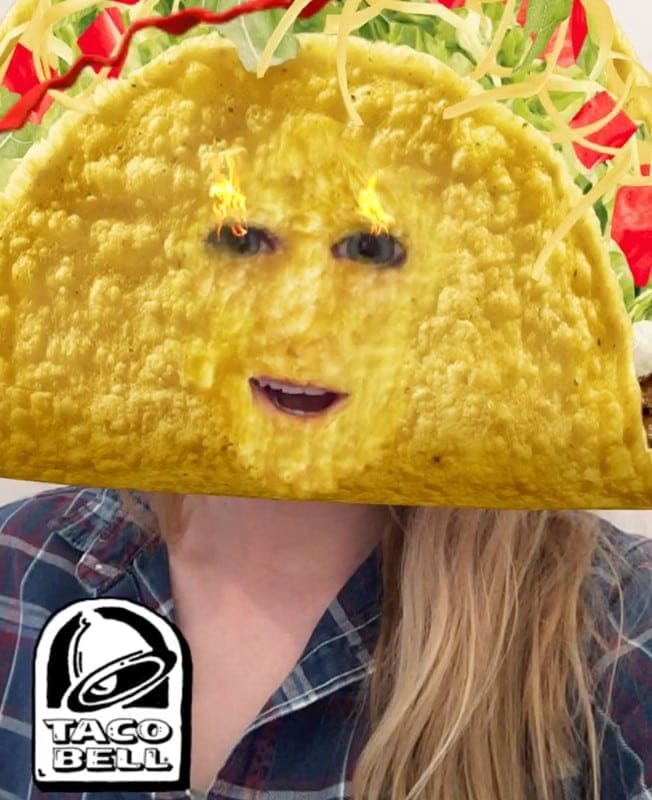
So… why should you care?
Native ads simply dominate the advertising space. Nowadays, the biggest brands like Facebook, Twitter or Tumblr are creating their whole monetization strategies around native. It should not be surprising, as they generate up to 49% higher CTR than traditional display advertisements (Business Insider).
Marketers definitely love them. They are viewed as much as editorial, they are more engaging, they raise brand awareness and drive purchases. For users, it is more of a “love-hate relationship”. On one hand, they deliver personalized content in a pretty bearable form and format. On the other, native ads can be easily mistaken for natural content.
The opportunity is now
Native ad spending has not peaked yet. The newest report by eMarketer forecasts that US advertisers will spend $43.90 B on native display ads this year. By 2020, the native display ad spend is supposed to grow by 20.2% to $52.75 B (eMarketer). Why not start a native campaign today to get yourself a slice of that cake?
There’s no better time for advertisers and marketers to start incorporating native advertising into their strategies. Just like SEO adoption in the last decade – it was the early adopters who gained the most of the search engine benefits today.
Taking native advertising to the next level
If you’re really serious about native advertising I recommend you using a DSP platform (Native Advertising Platform). It is a type of software that enables you to manage, purchase, and optimize digital advertising inventory from multiple Ad Exchanges and SSPs (Supply Side Platforms) through a single interface.
For best results, track your native campaigns with world’s most renown ad tracker – Voluum.
Key takeaways:
- With the banner blindness of Internet users, it’s hard to make them convert with display ads
- A native ad is a paid content that blends into the style and form of the organic content it is displayed with
- They should seem natural and not interrupt the user experience
- There are a few types of native ads, like paid search, promoted listings, sponsored content, and branded content.
- Native ads generate up to 49% higher CTR
- By 2021, native advertising will generate 74% of display ads revenue on the US market.
- Best native ad tracker is Voluum


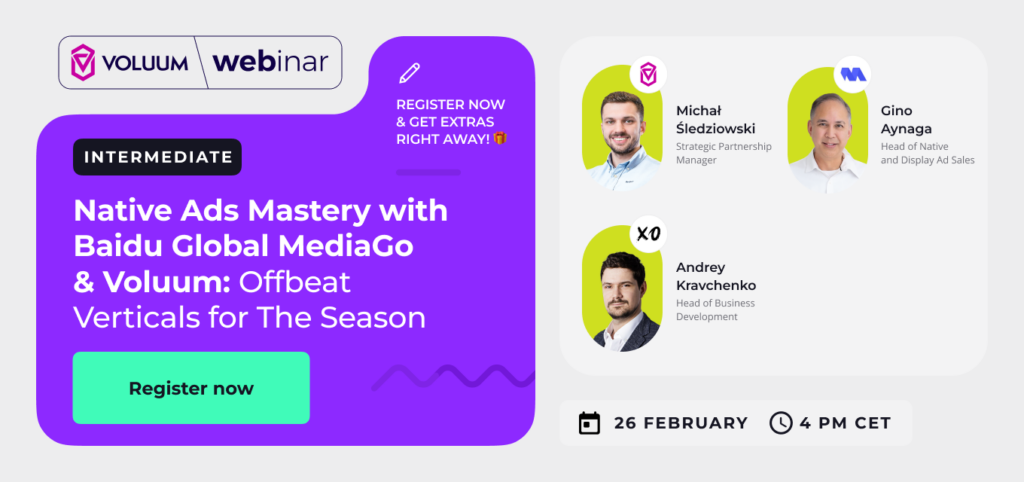
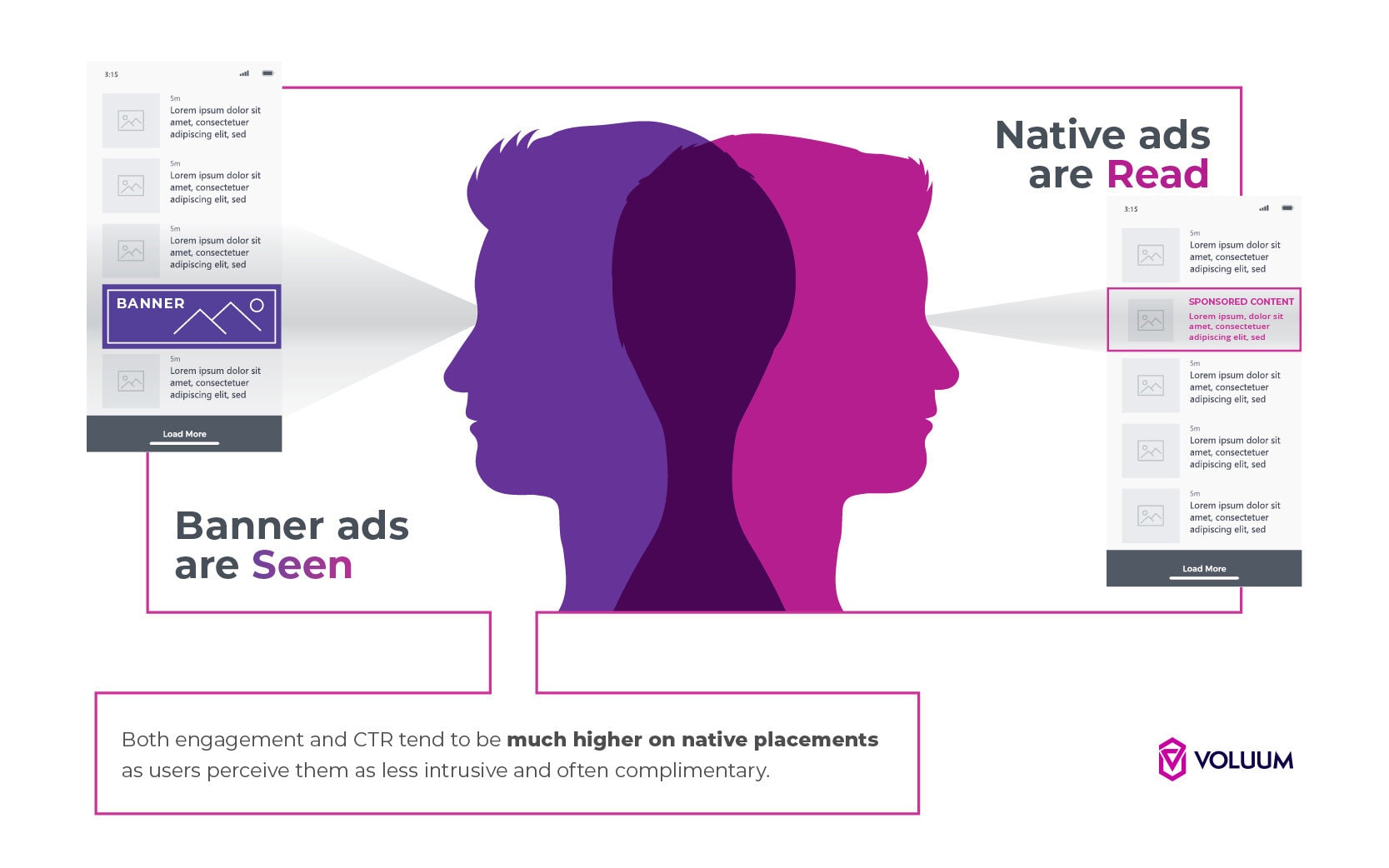


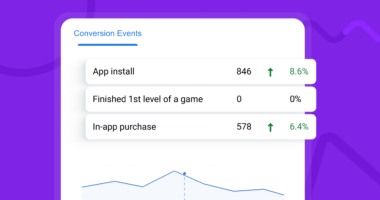
2 comments
Very helpful and informative post! Thanks!
Thank you!